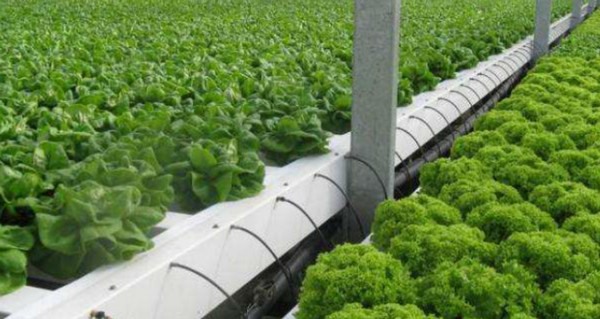After running a substrate trial you want to use all the data you’ve collected to draw the right conclusions. In some cases, it might already be clear to see which way you should go, but it is always useful to carefully evaluate the process and results. Read all about doing that in this article.
Make sure you schedule a time to properly close down the trial and review your findings with your team. Only by reviewing the data in an unbiased way you can make an informed decision and get the most out of it.

If you are unwilling to switch to different substrates or change your practices, there’s no use in conducting a trial as you will not review the data fairly. In that case, your trial is destined to be a waste of resources.
Compare and relate to your goals
If you’ve collected the data, you should have a clear basis to evaluate. Mark the most relevant differences and make sure to also take your plan and goals to hand again. Focus first on the properties and findings that are directly related to the things you set out to discover. Next, you should have a look at all other remarkable or maybe surprising findings and think about the importance of these differences.
Discuss
Make sure to talk to your head grower and other employees involved in the trial to see what they think. Involve the person that collected the data closely and ask for his or her help to interpret the data. Ask for a critical evaluation and review together.
Next steps
At the end of a trial, you should be able to determine what you’d like to do next. In some cases, a trial shows some interesting findings, but the scale might turn out to be a bit too small to base large decisions on. In that case, you can consider trialing the mixture on a larger scale or make some larger changes in your cultivation methods to trigger bigger differences.

